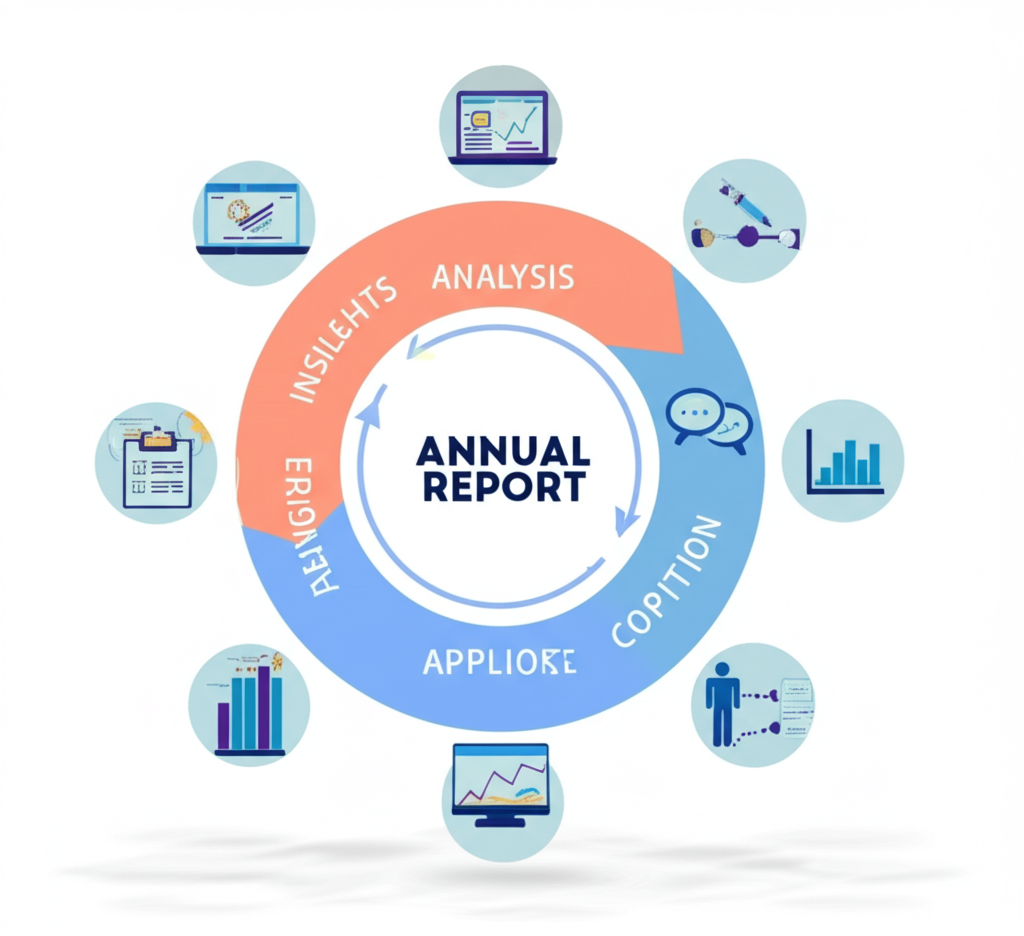How to Get Featured in Top-Tier Media
Follow our proven step-by-step process to secure valuable media coverage that builds credibility and drives growth.

Why Getting Featured Matters
In today's competitive landscape, earned media coverage is more valuable than ever. Being featured in respected publications builds credibility, expands your reach, and establishes your brand as an industry leader. Our step-by-step guide will show you exactly how to achieve this valuable exposure.
of executives say media coverage has directly impacted business growth
higher trust in earned media vs. paid advertising
of journalists receive over 100 pitches weekly, making standout strategies essential
The 7-Step Process to Get Featured
Define Your Media Goals
Before pitching media, clearly define what you want to achieve. Are you looking to build brand awareness, establish thought leadership, drive website traffic, or support fundraising efforts? Your goals will determine which outlets to target and what stories to pitch.
Pro Tip:
Create a media coverage scorecard with specific KPIs tied to business objectives. This helps measure success beyond just counting clips.


Craft Your Unique Story Angle
Journalists are looking for stories that are newsworthy, timely, and relevant to their audience. Identify what makes your company unique and how it connects to broader industry trends or challenges. The most compelling stories often combine data, human interest, and a fresh perspective.
Story Angle Checklist:
- Is it timely and connected to current events?
- Does it provide unique insights or data?
- Is there a human element that creates emotional connection?
- Does it challenge conventional wisdom?
Research and Target the Right Media Outlets
Not all media coverage is created equal. Identify publications and journalists who cover your industry and reach your target audience. Study their recent articles to understand their interests and reporting style. Quality targeting leads to higher success rates than mass pitching.
Media Research Framework:
Create a tiered media list with Tier 1 (dream outlets), Tier 2 (industry publications), and Tier 3 (local/niche outlets). Customize your approach for each tier.


Develop a Compelling Pitch
Your pitch should be concise, personalized, and focused on why the story matters to the journalist's audience. Lead with the most compelling aspect of your story and clearly articulate its news value. Avoid industry jargon and focus on clear, accessible language.
Pitch Structure:
- Personalized greeting referencing journalist's recent work
- Compelling hook in first sentence (25 words or less)
- 2-3 paragraphs explaining the story and its relevance
- Clear call to action (interview request, exclusive offer, etc.)
Prepare Supporting Materials
Make it easy for journalists to cover your story by providing all the resources they might need. This includes high-resolution images, executive bios, data points, customer testimonials, and background information. A well-prepared media kit demonstrates professionalism and increases your chances of coverage.
Media Kit Essentials:
- Company fact sheet (one page)
- Executive headshots and bios
- Product/service images with captions
- Recent press releases
- Data visualization of key statistics


Master the Interview Process
When a journalist shows interest, be prepared to move quickly. Media opportunities often have tight deadlines. Prepare your spokespeople with key messages, anticipated questions, and practice sessions. Remember that everything is potentially on the record, so clarity and accuracy are essential.
Interview Preparation:
Develop a message triangle with three key points you want to convey, regardless of the questions asked. Practice transitioning back to these points naturally during interviews.
Amplify and Leverage Your Coverage
Once you've secured media coverage, maximize its value by sharing it across all your channels. Feature it on your website, share it on social media, include it in email newsletters, and incorporate it into sales materials. Each piece of coverage builds credibility that can lead to more opportunities.
Coverage Amplification Strategy:
- Create social media graphics featuring key quotes
- Add logos of media outlets to your website
- Develop a "As Featured In" section on your homepage
- Share coverage with investors and stakeholders

Common Challenges in Getting Featured
Breaking Through the Noise
Journalists receive hundreds of pitches weekly. Standing out requires exceptional storytelling and perfect timing.
Maintaining Momentum
One-off coverage is good, but sustained media presence requires a strategic, ongoing approach.
Measuring True Impact
Beyond counting clips, understanding how media coverage impacts business outcomes requires sophisticated tracking.
Message Control
Ensuring your key messages are accurately represented in the final article requires preparation and follow-up.
Executive Preparation
Many executives are uncomfortable with media interviews, requiring coaching to perform well.
Timing Market News
For public companies, coordinating media coverage with market disclosures requires careful planning.
Why Partner with GetFeatured for Your Media Strategy
While this guide provides a solid foundation, working with experienced media relations professionals significantly increases your chances of success.
- Established relationships with top-tier journalists
- Strategic storytelling that aligns with current media interests
- Crisis management expertise when coverage takes an unexpected turn
- Comprehensive measurement that ties media coverage to business results

Frequently Asked Questions About Getting Featured
How long does it typically take to secure media coverage?
The timeline varies based on the publication and news cycle. For top-tier outlets, expect 1-3 months from initial outreach to publication. Trade publications often move faster, sometimes within 2-4 weeks. Breaking news opportunities can materialize in days or even hours.
What makes a story newsworthy?
Journalists look for stories that are timely, relevant to their audience, unique, impactful, and connected to broader trends. The best stories often contain elements of conflict, human interest, or surprising data. Newsworthiness also depends on the publication—what works for a trade journal differs from what works for mainstream business media.
How do we measure the ROI of media coverage?
Beyond traditional metrics like reach and impressions, we track website traffic spikes, referral sources, lead generation, sales inquiries, and social media engagement following coverage. For public companies, we can also analyze stock price movements and trading volume. The most sophisticated approach ties media coverage to specific business outcomes through attribution modeling.
What if we get negative coverage?
Preparation is key. Have a crisis communications plan in place before you need it. When negative coverage occurs, respond promptly but thoughtfully. Correct factual errors directly with the publication, provide additional context where helpful, and focus on moving forward constructively. Sometimes, the best response is to demonstrate improvement through actions rather than words.
Is it better to hire a PR agency or build an in-house team?
This depends on your budget, goals, and timeline. Agencies provide immediate access to established media relationships and specialized expertise across industries. In-house teams offer deeper company knowledge and full-time focus on your brand. Many companies find success with a hybrid approach—an in-house communications lead who partners with specialized agencies for campaigns or specific expertise.
Ready to Get Featured in Top-Tier Media?
Take the next step in your media journey. Our team of experienced media relations professionals is ready to help you craft and execute a winning strategy.
Related Resources

Media Training for Executives
Prepare your leadership team to shine in media interviews with our comprehensive training guide.

Digital IR Strategy
Learn how to amplify your media coverage through digital channels for maximum investor impact.

Crisis Communications Playbook
Prepare for challenging media situations with our comprehensive crisis communications guide.